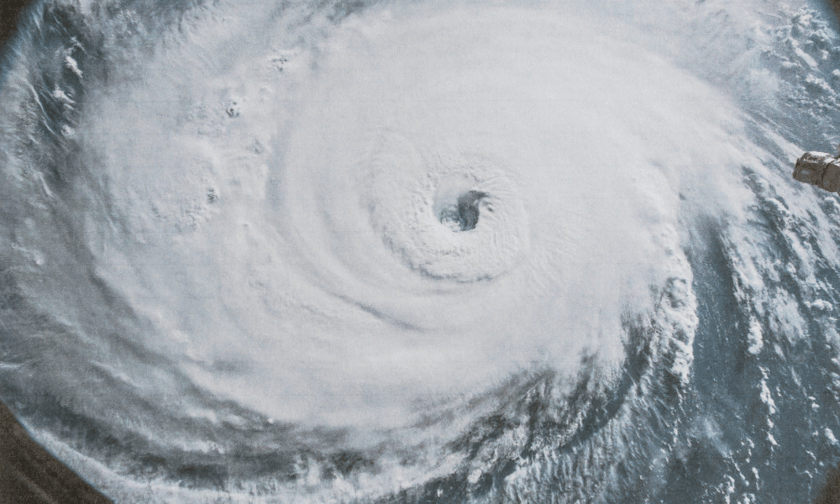

A "bomb cyclone" swept through the Pacific Northwest and Southwest British Columbia, bringing high winds, heavy rain, and snow.
The storm has resulted in insured losses estimated in the tens of millions of dollars or more, according to a report from Aon.
The catastrophe report noted that these estimates could increase as the storm system's impacts continue to affect the region and as additional damage assessments are conducted.
The event, classified as a "strong atmospheric river," began on Nov. 19 and quickly intensified, stalling the next day. The system surpassed the bomb cyclone threshold, marked by a rapid drop in atmospheric pressure.
This intensification generated widespread, high-intensity winds, including hurricane-force gusts near Vancouver Island and in elevated areas of California, Oregon, and Washington.
Atmospheric river systems have caused similar damage in the past. In February 2024, such an event affected almost the entire state of California. That storm produced record-breaking rainfall in Southern California and heavy snowfall in mountainous areas, leading to hundreds of millions of dollars in insured losses.
In Washington, the five largest writers of homeowners multiperil insurance in 2023, based on direct premiums written, were State Farm Group with 16.13% market share; Liberty Mutual Insurance Cos., 14.08%; Farmers Insurance Group, 11.99%; Allstate Insurance Group, 11%; and USAA Group, 9.11%, according to data from AM Best's BestLink.
For California, State Farm Group led with a 19.92% share, followed by Farmers Insurance Group at 14.93%; CSAA Insurance Group, 6.52%; Liberty Mutual Insurance Cos., 6.5%; and Mercury Casualty Group, 6.11%.
In Oregon, the market leaders were State Farm Group with 20.67% of direct premiums written, Farmers Insurance Group at 16.04%, Liberty Mutual Insurance Cos., 13.2%; USAA Group, 7.85%; and Allstate Insurance Group, 7.65%.
As weather events like these become more frequent and intense, how should the insurance industry prepare for the rising costs of natural disasters? Share your thoughts in the comments.
